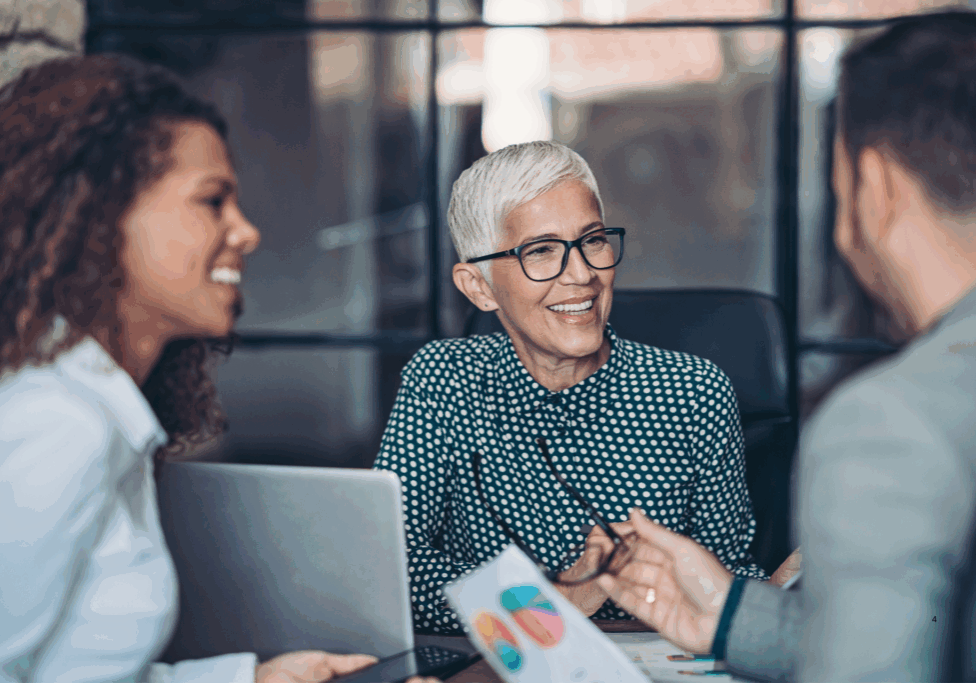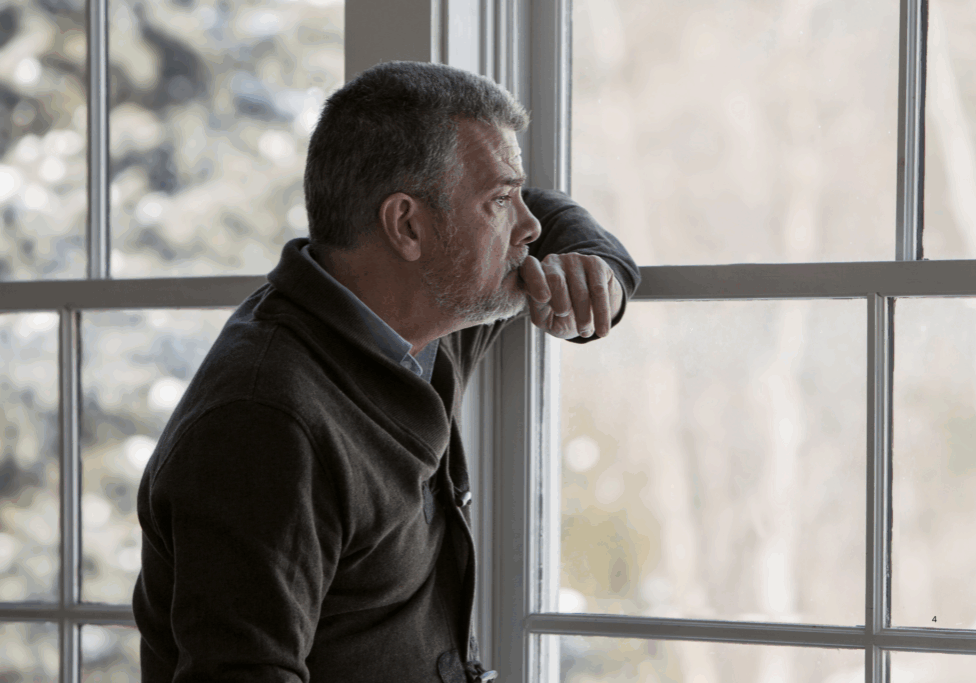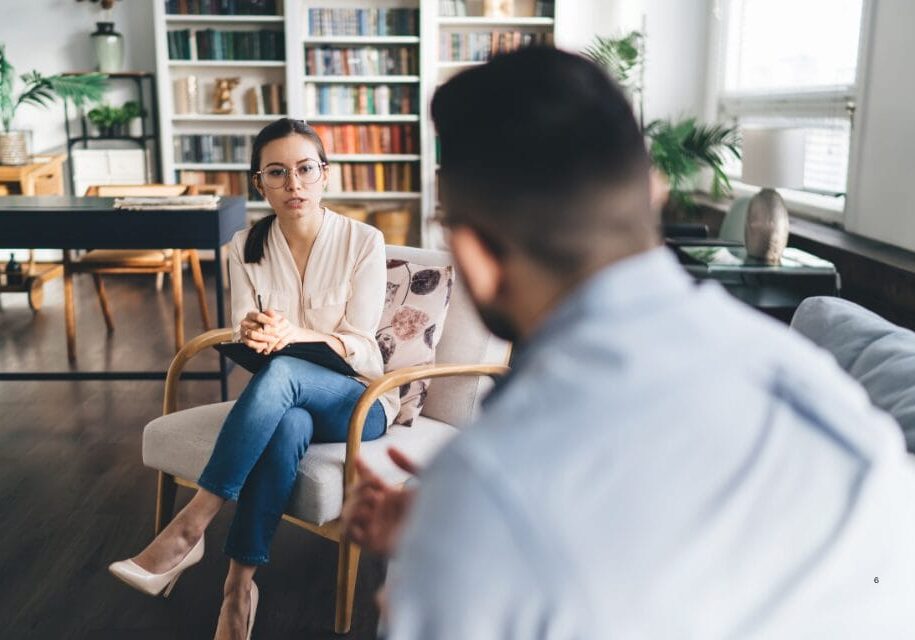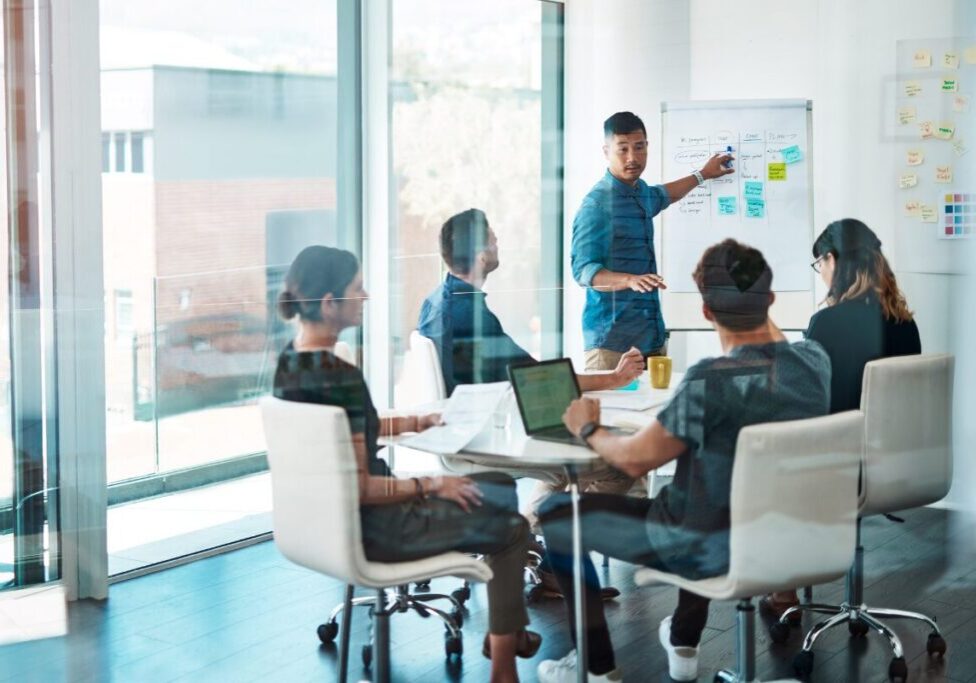Do I really “love” COVID-19? Of course not! But this experience is teaching us at least three things that will make us stronger, and I do love that. See if you agree with me.
Get our leadership blog by email + get a bonus welcome gift!
What I “Love” About This COVID-19 Experience
If you’re looking for a reason to vent today, the title of this blog may be reason enough.
“How dare ANYONE suggest they ‘love’ something as horrid as COVID-19,” you might be thinking — or even screaming.
“This self-centered author (jerk) is probably ignoring public health directives, convinced he’s somehow special and immune to it all.”
“Seriously! Is he completely clueless regarding the severity of this situation?”
If there ever was a justifiable reason to let off pent up angst, it must surely be now. I get it. I’m feeling it, too. Isn’t everyone?
So if unleashing vitriol helps you cope with our current situation, then I’m good with that. After all the objective is to help you in some way — both now and into the future. And we all need all the help we can get right now.
The Stark Realization
Like everyone else, I am trying desperately to come to grips with our world’s new current reality. Less than six short months ago, it was inconceivable that more than a handful of the people on this planet could have accurately described what COVID-19 — the coronavirus — was or frankly, even cared.
Yet less than one hundred eighty days later, well over a million people worldwide have been stricken by it. Tens of thousands have died from it. And economies on every continent lay in tatters due to it.
A previously anonymous disease, COVID-19 became known everywhere virtually overnight. The images and repercussions of the resulting human tragedy are likely to live with us all our lives.
Frankly, it may be too early for some, maybe even you, to begin an intentional search for positives. But from a mental health perspective, I can’t wait. I searching now for ANY positives which might be drawn from this nightmare. Otherwise, I fear every future thought and memory of this coronavirus plague — especially the loss and suffering — will continue to cause emotional devastation long after the virus itself has run its course.
So I’m telling myself, If I can just learn something from this experience, then the great cost of human life and suffering will not be completely in vain.
Collective Vulnerability
In the early stages of my search, the first glimmer of hope has appeared cloaked in obvious weakness, despair and helplessness. I have sensed it in the downcast tone of daily updates provided by our local, state and world leaders. It’s evident in the eyes of exhausted caregivers. I have even heard it in the innocence of a child wondering if “it’s okay to breathe today?” I’m finding that weakness, despair and hopeless, as painful as each can be, are also great equalizers when experienced and shared with others. One thing we must realize — we’re all in this together.
In times past, natural catastrophes, fires, tornados, hurricanes or the like, might have given rise to communities, regions, even entire countries rallying together in their shared moment of need. But the entire world? People of every age and ethnicity; every socio-economic classification; every political or religious inclination, all suffering from the effects of the same malady at the same time? It simply has never happened before.
We quickly learned that COVID-19 is no respecter of persons. Though some have proven more susceptible to its physical ravages than others, every human has proven capable of being an agent of transport — a carrier. We have suffered personally, or unknowingly provided opportunity for the suffering to occur in another or watched helplessly as the suffering morphed around us.
Collective Creativity
Again, like it or not, we are all in it together. I call this new reality “collective vulnerability.” And when collectively vulnerable, the only conceivable way to fight a common enemy and win is to do so collectively — together.
Thankfully, we are. We have washed our hands and kept our distance out of greater concern for the safety of the aged, weak and physically compromised among us. With soap and water as our primary weapons, we marched forth to do battle with this unseen enemy.
Almost overnight, industrial leaders turned their facilities from making automobiles and pillows to ventilators and surgical masks. Healthcare and residential care providers donned those masks and stared down prevailing airborne pathogens. Not in an effort to prove themselves heroic. But rather to stay true to their calling and commitment, to serve others selflessly despite personal risk.
We realized that in our shared, collective vulnerability, it was unreasonable to expect any one person, group or leader to resolve this shared crisis. Therefore, we rallied, collectively embracing our shared vulnerability, then moving forward together.
#1: I hate the disease, but I love that we have found greater strength in one another.
(Here are some ideas for feeling better during social distancing.)
Coordinated Re-Prioritization
As we moved forward together into the unknown, new plans of action were required. It’s impossible to plan effectively, with supreme confidence, for possible occurrences which no one has ever seen or experienced. And despite what critics and armchair quarterbacks might say after the fact, no one could have planned with absolute certainty and accuracy how the COVID-19 pandemic would unfold and the destruction it would unleash.
Yet in the midst of the crisis, I have witnessed the emergence of what I now call, “coordinated reprioritization.” That is where planning, experience and common sense all coalesce to determine what immediate actions are necessary and appropriate — and which aren’t.
Hospitals quickly became overwhelmed with coronavirus patients — and decisions were made to forego previously planned “elective” surgeries in order to free up beds for those in immediate distress. When those beds quickly filled to capacity, new “field hospitals” sprang up virtually overnight in unlikely places such municipal convention centers, cruise ships and in mobile tents in public places. When the number of qualified healthcare workers grew dangerously thin, retired healthcare professionals voluntarily headed back to the front lines of service.
Things might not have played out like what we might have hoped, imagined or initially planned. But that was alright, too. For in a state of coordinated re-prioritization, the most important things to remember are
1) not the plan, but the objective;
2) not how we used to do it, but how it must be done right now; and
3) not who gets the credit they crave, but who gets the help they need.
#2: I hate the disease, but I love the rise of our collective creativity and inner determination to do whatever needed to be done.
Collateral Damage
I watched a movie years ago which first introduced me to the concept of “collateral damage.” Generally speaking, the term refers to unintentional casualties and damage affecting civilians during the course of some military operation.
Early in the process of re-prioritizing and deploying resources in the fight against COVID-19, the President of the United States referred to our coordinated effort as “going to war against an unseen enemy.” The “war” analogy suggested a fight was necessary, imminent and worthy. This was not a war of ideology. This war required a fight for the lives and livelihood of our families, friends, neighbors and fellow citizens.
Unfortunately, some turned their immediate attention to the impending collateral damage — those who would suffer innocently. Would-be “experts” and “talking heads” rushed to the nearest camera or microphone predicting countless deaths, healthcare services overruns, stock market collapse, economic ruin and almost certain recession. Frankly, some were right, to one degree or another.
Collateral Advantage
But unfortunately, it was far harder to find those willing to highlight the “collateral advantage” of the moment. Remember, collateral damage traditionally focused attention on the harm done to civilians — those on the sideline of the conflict at hand.
But our Commander In Chief had called ALL citizens to the front to man the battle stations. There were to be no bystanders. None of us could “sit this one out.”
Whether it meant caring for the sick, tending to the elderly, educating children and students remotely, producing and delivering food, providing essential services, sharing available resources or simply staying home intentionally to allow the scourge to pass — we ALL had an assignment in this fight against our unseen enemy.
And we’re doing our job. As costly as this fight has been, it will be won by the American people and by the citizens of the world. It will! And once we review the high cost that was paid, we must also recognize what we learned from it all.
#3: I hate the suffering this disease has caused, but I love fighting side-by-side with people I care about and who care about me.
So do I really “love” COVID-19? Of course not! Like every reasonable person alive today, I wish this horrible disease and the suffering it has caused could have been avoided altogether. But that is no longer possible.
What is possible is that we commit ourselves to what we can learn from the experience and what we can learn about ourselves. And that I do love!
#covid19 #collateraladvantage #socialdistancing #Ihatethedisease #collectivevulnerability #teamwork










